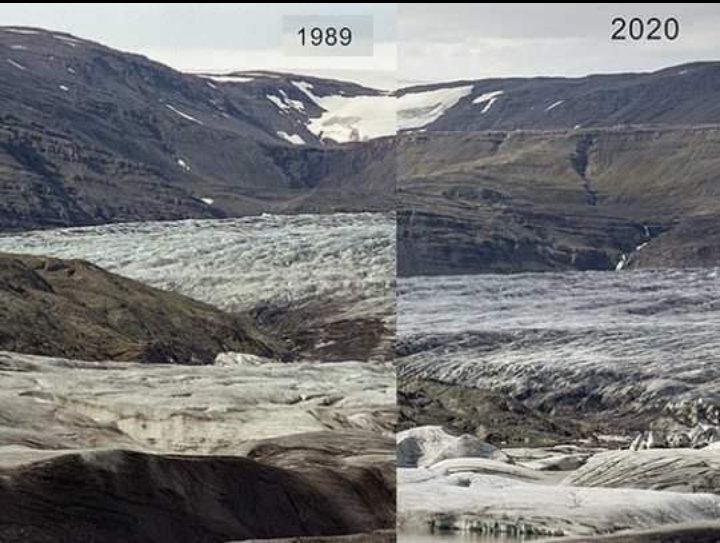Earth’s glaciers are melting 267 billion tons every year for 20 years, so the sea level rises, so billions are in danger

The team of the University of Toulouse viewed high-resolution maps of nearly 2.17 lakh glaciers around the world. Among these were satellite and aerial photographs which showed the change here. Based on these, the change in elevation between 2000–2019 was assessed, which was confirmed by the data.
In the last 21 years, the Earth’s glaciers have disappeared at such a pace that it shows the severity of the danger to the sea level. A study has reported that since 2000, 267 billion tonnes of glaciers have disappeared every year. This was the reason for 21% of the rise in global sea level.
Researchers in France have found in the analysis of high resolution maps of 2 lakh glaciers how they have changed in these two decades and have shown alarming results. It is feared that the glacier mass (mass) is disappearing every year at the rate of 48 billion tons.
“By understanding the patterns of change in mass in many regions, we see different trends that tell us about different rainfall and temperature between decades,” the study said. The team of the University of Toulouse viewed high-resolution maps of nearly 2.17 lakh glaciers around the world. Among these were satellite and aerial photographs which showed the change here. Based on these, the change in elevation between 2000–2019 was assessed, which was confirmed by the data. Based on this, changes in volume and mass were calculated. (Photo: Colin Baxter / Kieran Baxter, University of Dundee)
Fast melting snow

The results of the study have shown a worrying fact that in these 20 years, 267 gigatons of glaciers’ snow was lost every year. This has been 21% of the rise in global sea level during this period. Researchers have identified 7 areas where glacier mass loss accounts for 83%. In just two areas, melting of ice from the glacier has been slow in 20 years.
The researcher states that changes can be made in the future by understanding how past glaciers over time and how they changed the hydrology of today, contributed to sea level rise.
Food and water crisis for billions

Rising sea level can pose a threat to people living in coastal areas and living on the ice. According to the study, there are about 200 million people who are living in these areas. These areas may become victims of high tide due to rising sea level by the end of the century. There may be a shortage of water and food in the next thirty years in front of one billion people. Researchers have hoped that these results will help in formulating climate change policies.







